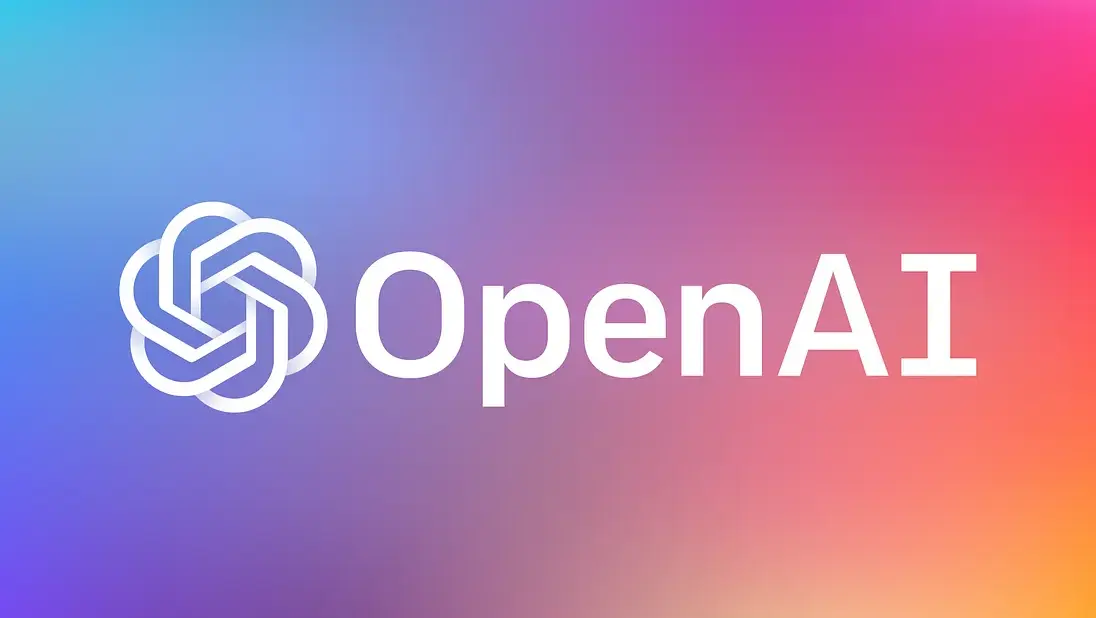We are witnessing an unprecedented acceleration of technological progress in recent years, with breakthroughs in fields such as robotics, biotechnology, and artificial intelligence (AI) revolutionizing the way we live, work, and communicate. One of the most promising and exciting developments in AI is the creation of OpenAI’s GPT-3, which Bill Gates recently hailed as “the most important advance in technology since 1980”. In this article, we will explore what GPT-3 is, how it works, and why it matters, and demonstrate how GPT-3 can be a game-changer for various industries.
What is GPT-3?
GPT-3 stands for “Generative Pre-trained Transformer 3“, which is the third iteration of OpenAI’s natural language processing (NLP) model. NLP is a subfield of AI that focuses on enabling computers to understand and generate human language, including speech, text, and images. GPT-3 is designed to generate high-quality, coherent, and context-aware text, which can be used for various applications, such as chatbots, virtual assistants, language translation, content creation, and more.
How does GPT-3 work?
GPT-3 is a deep learning neural network that is trained on a massive corpus of diverse text data, which includes books, articles, websites, and social media posts. With over 175 billion parameters, GPT-3 is currently the largest and most powerful language model ever created, surpassing its predecessor GPT-2 by a factor of ten. GPT-3 can perform a wide range of language tasks, including language modeling, text completion, question answering, summarization, and even creative writing, such as poetry and fiction.
Why does GPT-3 matter?
GPT-3 has the potential to revolutionize various industries by enabling humans to interact with computers more naturally, intelligently, and efficiently. For example, GPT-3 can help businesses automate customer support and generate personalized content at scale, saving time and costs. GPT-3 can also assist researchers and scientists in processing and analyzing large volumes of text data, accelerating scientific discovery and innovation. Moreover, GPT-3 can empower individuals with disabilities or language barriers to communicate and access information more easily and inclusively.
Applications of GPT-3
GPT-3 can be applied to various fields and domains, such as:
- Education: GPT-3 can help students learn and practice foreign languages, write essays and papers, and receive personalized feedback and recommendations from teachers and peers.
- Journalism: GPT-3 can assist journalists in generating news articles, fact-checking claims, and analyzing trends and patterns in social media and online forums.
- Finance: GPT-3 can aid financial institutions in analyzing market trends, generating investment reports, and creating personalized investment portfolios for clients.
- Healthcare: GPT-3 can support healthcare professionals in processing medical records, diagnosing diseases, and communicating with patients in various languages and formats.
- Entertainment: GPT-3 can create new forms of interactive and immersive storytelling, such as virtual reality games and chat-based adventures.
Future of GPT-3
GPT-3 is still a relatively new and evolving technology, and its full potential and limitations are yet to be explored and understood. However, the early results and demonstrations of GPT-3’s capabilities are promising and impressive, and indicate that GPT-3 could be a significant milestone in the development of AI and NLP. OpenAI plans to continue improving and scaling GPT-3, and also to explore new applications and domains for GPT-3, such as robotics, cybersecurity, and scientific research.
Conclusion
In summary, OpenAI’s GPT-3 represents a major milestone in the development of artificial intelligence and natural language processing. With its unprecedented size and power, GPT-3 can generate high-quality, context-aware text that can revolutionize various industries and applications. While there are still challenges and limitations to be addressed, GPT-3’s potential and impact are undeniable and exciting. As AI continues to advance, we can expect more breakthroughs and innovations that will transform our world in ways we cannot yet imagine.

1 thought on “OpenAI’s GPT-3: A Major Milestone in Artificial Intelligence”